Kingdom Plantae Scientific name Veronica Rank Genus | Tribe Veroniceae | |
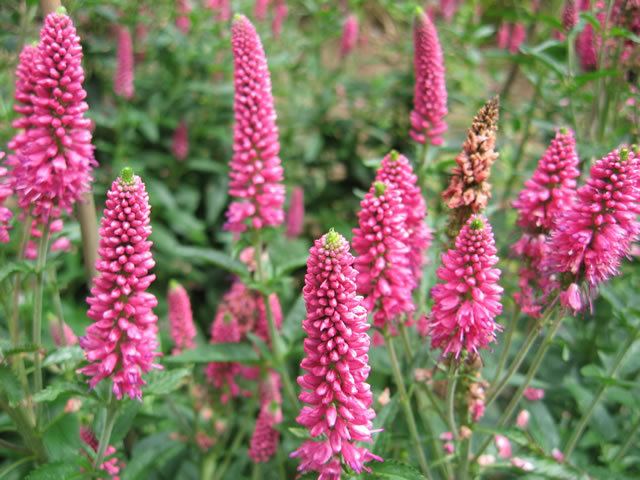 | ||
Lower classifications | ||
Veronica is the largest genus in the flowering plant family Plantaginaceae, with about 500 species; it was formerly classified in the family Scrophulariaceae. Taxonomy for this genus is currently being reanalysed, with the genus Hebe and the related Australasian genera Derwentia, Detzneria, Chionohebe, Heliohebe, Leonohebe and Parahebe included by many botanists. Common names include speedwell, bird's eye, and gypsyweed.
Contents

The species are herbaceous annuals or perennials, and also shrubs or small trees if Hebe is included. Most of the species are from the temperate Northern Hemisphere, though with some species from the Southern Hemisphere; Hebe is mostly from New Zealand.
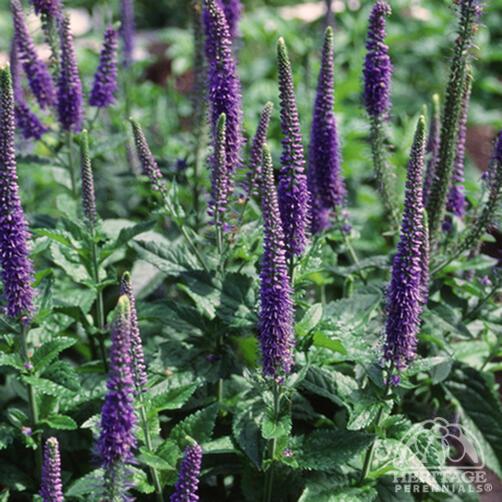
Etymology

The genus name Veronica used in binomial nomenclature was chosen by Carl Linnaeus based on preexisting common usage of the name veronica in many European languages for plants in this group. Such use in English is attested as early as 1572. The name probably reflects a connection with Saint Veronica, whose Latin name is ultimately derived from Greek, Berenice.
Food and medicine
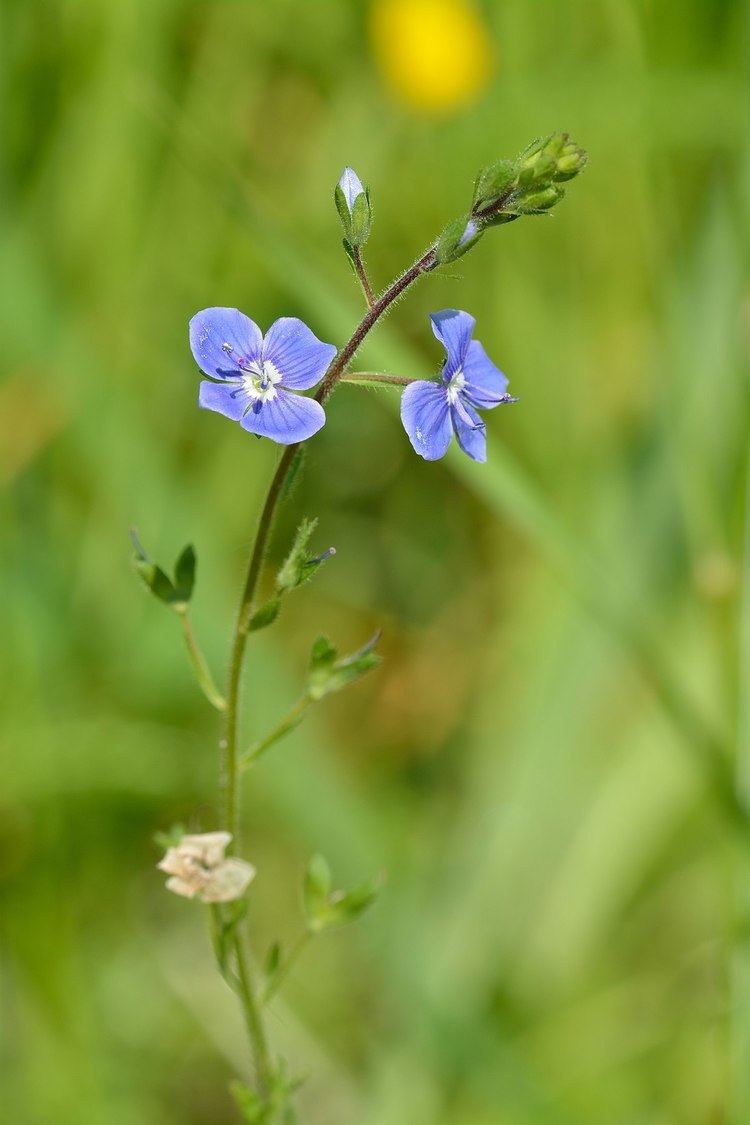
Veronica americana is edible and nutritious and is reported to have a flavor similar to watercress. Native Americans used Veronica species as an expectorant tea to alleviate bronchial congestion associated with asthma and allergies. The plant can be confused with skullcap and other members of the mint family. Members of the mint family have square sided stems, and Veronica species have rounded stems.

Veronica sp. herb has been used in the traditional Austrian medicine internally (as tea) for treatment of disorders of the nervous system, respiratory tract, cardiovascular system, and metabolism.
Ground cover
Several Veronica species and cultivars are cultivated for use as ground cover.
As weeds
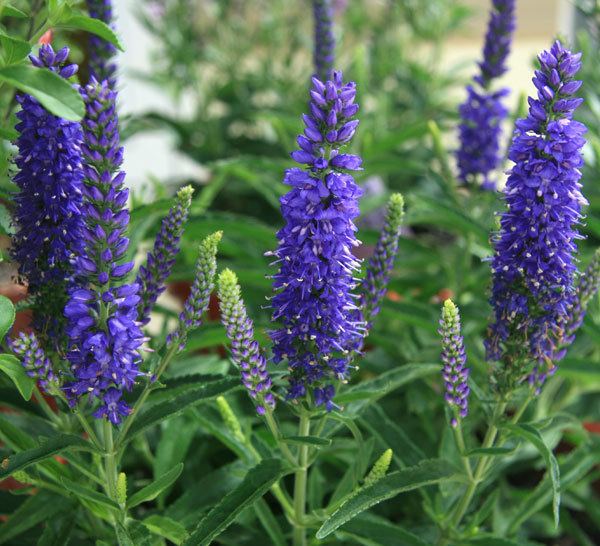
Several species of speedwell are weeds that outcompete lawn grasses. Some of the more common of these are Persian speedwell (V. persica), creeping speedwell (V. filiformis), corn speedwell (V. arvensis),germander speedwell (V. chamaedrys), and ivy-leaved speedwell (V. hederifolia). It is often difficult to tell one species from another. There are five to seven species of speedwell in Michigan alone that are easily confused.
Ecology
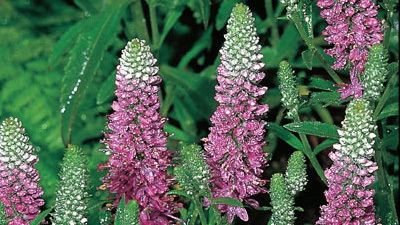
Species of Veronica are used as food plants by the larvae of some species of Lepidoptera, including the grizzled skipper.
Trivia
A stylized bird's eye speedwell (Veronica chamaedrys) is featured on the badge of Squadron 541 of the British Royal Air Force.
In Italy they are colloquially referred to as "occhi della Madonna" (St. Mary's eyes).
